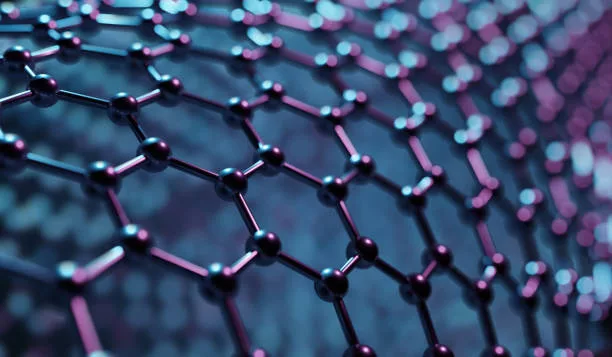Back in the heyday of scientific skepticism during the 1960s, the concept of extracting usable energy from particles engaging in nothing more than their innate, chaotic dance seemed far-fetched. Yet, fast forward to today, and this once-dismissed idea is being revolutionized at the University of Arkansas, where researchers are harnessing the power of graphene to convert random particle motion into energy.
The Science of Brownian Motion
For a better grasp on this futuristic technology, we must first delve into its roots in Brownian motion. Famed for its discovery by botanist Robert Brown in 1827, this motion pertains to the haphazard journey of particles floating within a liquid, a phenomenon previously thought to be unworthy of practical application. Yet, as explained by Brown University and Lawrence Berkeley National Laboratory researchers in 2016, this whimsical particle movement can now describe fluctuating behaviors in a vast array of systems, from the murky waters of stock market forecasts to the rhythmic pulsations of active matter.
Graphene’s Pivotal Role in Energy Harvesting
Enter graphene, the game-changing material of the new millennium, discovered in 2004. Extracted from graphite simply using sticky tape, this two-dimensional wonder has attracted a flood of scientific attention for its potential uses—including energy harvesting. Since the publication of their study “Charging capacitors from thermal fluctuations using diodes,” the team at the University of Arkansas has been at the forefront of graphene research, exploring how this material’s ripples, occurring at room temperature, could be transformed into a valuable energy source.
Converting Ripples into Renewable Energy
Under the guidance of Professor Paul Thibado, the University of Arkansas research group is already leading the charge. They’ve developed a graphene energy harvester (GEH) that leverages the constant motion of a negatively charged graphene sheet situated between two electrodes. As the graphene flutters, it generates alternating charges that produce a pulsating direct current capable of powering a load resistor.
The recent receipt of a substantial five-year grant by the research team signals a burgeoning interest in this innovative technology, alongside a drive to refine it further for practical applications. As it stands, the research echoes a greater focus on sensor-scale utilizations rather than large-scale power generation, underscoring the potential of graphene to reimagine the renewable sensor landscape.
Scaling Up the Power of Graphene
The implications of this technology are mammoth. From refining wind turbine operations to ensuring the longevity of offshore wind farm security, GEHs promise to yield sensors that operate autonomously for decades, fuelled by omnipresent environmental energy. This could revolutionize fields such as agricultural climate control, fleet management, and even smart grid technology, posited by Thibado as just a few of the myriad domains set to benefit.
With a roadmap laid out by the WoodNext Foundation grant, the team is tasked with augmenting their energy harvester to tap into a spectrum of environmental energy forms like solar, kinetic, and even acoustic energy, embarking on a thrilling five-year journey to optimize their graphene-based innovation.
Introducing the WoodNext Foundation
The WoodNext Foundation, though a relatively fresh face on the philanthropic scene, has already made ripples of its own since its inception in 2021 by Roku‘s CEO Anthony Wood and his wife, Susan. The Texas-based organization prioritizes transformative projects across the southern United States and beyond, with a mission to propel human progress and enhance quality of life.
With its initiative to support breakthroughs in renewable energy, WoodNext’s involvement in the University of Arkansas’ graphene energy harvester project proves once more that Texas – despite conflicting political stances – remains a significant actor in the clean energy narrative.

























